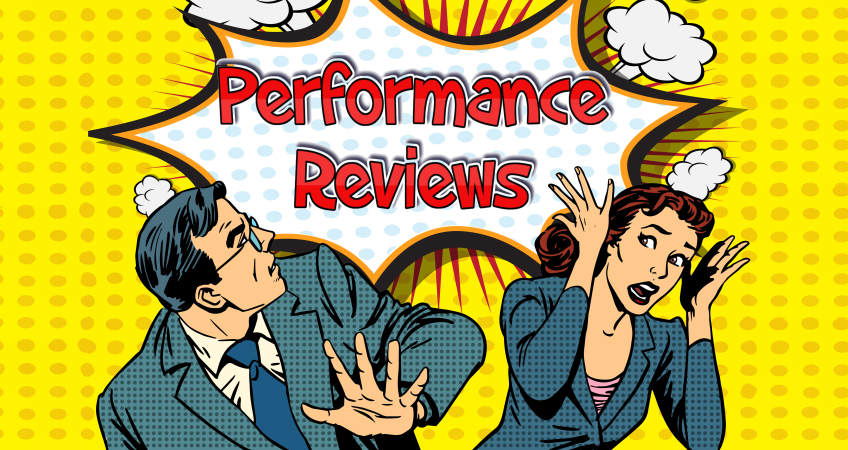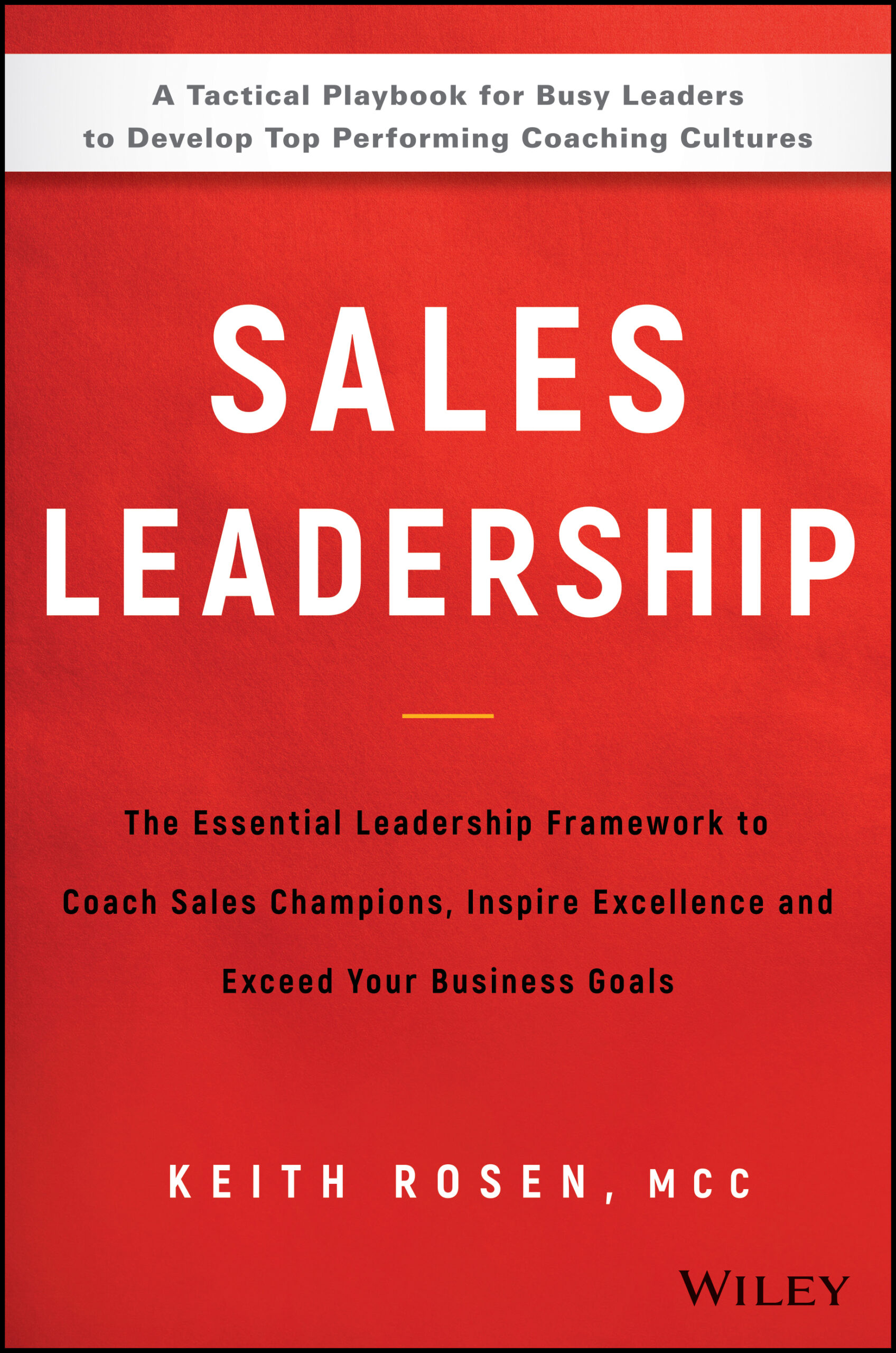
Managers, how can you build trust with employees during performance appraisals? You can’t. In fact, your performance review process creates the appraisal and observation resentment and mistrust you’re trying to avoid.
A Forbes study reported that only 13% of employees agree that the performance reviews they receive inspire them to improve and wasn’t a true indicator of performance. Why?
Because most managers do not do any pro-active, intentional observation (remote observation, during a customer/internal meeting, their writing acumen, communication, or in the field).
If you’re not observing your people, and providing positive ideas and feedback, you have no idea what they’re doing, so you rely on costly assumptions, instead.
Granted, there are some industries, such as pharmaceuticals, where intentional observation in the field is part of their sales culture.
However, when I ask most managers how they evaluate performance, I hear, “I look at the data, activity and results.”
This is not a PERFORMANCE review. This is a RESULT review. How can a manager review performance if they’re not observing their people perform?
How can you provide feedback without starting with intentional observation and understanding what they’re doing, how they’re performing and managing their day?
If this is the case, then how often should you provide feedback? Never, unless you start with intentional observation. If you start offering assumptive, unsolicited feedback, you’re already setting you and your salespeople up for failure, since you’re now assuming the facts, not assessing them.
This includes making assumptions around what they’re doing in activity, and HOW they’re doing things, based on their results. Consequently, the manager focuses on what they need to do to improve – all activity and result based.
The cost is, a negative work environment, ineffective, subjective guidance from the manager, and the erosion of morale and trust.
Most performance reviews are just activity-based feedback, (“Do more/less of this”), rather than coaching and training people to improve their skill set, mindset and performance, based on what the manager observed.
Setting clear expectations around proactive observation and ongoing coaching will be the linchpin that aligns or derails these performance conversations.
Before the appraisal, communicate the purpose, process, and criteria of the review with your employees. Let them know what your positive intention is, what you expect from them, how you will measure their performance, and what feedback and benefits they can expect.
This way, you can avoid surprises, confusion, and resentment during the appraisal. You can also ask your employees to prepare a self-assessment or a list of achievements and challenges they faced since the last appraisal. This is a great way to go deeper into the conversation and discuss where you and your employee are aligned and where you’re not.
Six Strategies to Make Your Performance Review Conversation Shine
1. Assess the Assessor – Start with having your employee complete a self-assessment. This way, you can get a strong sense of where they think they are and their self-awareness.
2 Coach the Win! Focus on accomplishments and goals to reinforce desired behavior. Don’t only focus on what they need to change. Focus on what they’re doing well. Otherwise, how else will they know the behavior, communication and strategies to build on and reinforce that worked and need to become a habit.
3. Have More Frequent Reviews, or None at All. Rather than one or two formal performance reviews a year, consistent coaching and feedback are the conduit to better performance and never stops, making the reviews more valuable, relevant and personal.
If the review comes as a shock to your employee, that’s an indication of a lack of effective, consistent coaching, trust and communication. It’s also an indication that you waited too long.
Conversely, if you’re doing a great job coaching your team and have the trust and strong relationship, then consider that if you’re habitually coaching, then what’s the point of having a formal review?
4. Ask for Coaching – Leverage the law of reciprocity. Ask for feedback on you and your management style, and what they need most from you. The performance review goes both ways, which builds trust, as they’ll now be more open to your feedback.
5. Replace Formal Review with Casual, Desired Observation and Feedback. Every conversation and interaction is an opportunity to not only coach but observe your team. Providing casual feedback will fail and create resistance if you don’t create the guidelines around how this will be done. Otherwise, if you start observing or sharing feedback without permission and sharing your positive intent, as I always say, when intentions aren’t clear people default to fear.
If you’re not habitually and proactively observing your team, you have no idea what they’re really doing.
Since observation precedes feedback, make certain your team knows your positive intention when observing and providing feedback so they’re open to it and see the value! Without setting your intention and why you’re observing them, you will cause them to freak out. Here’s a coaching talk track to enroll people in observation.
“What I want for you is to perform at your fullest potential so you can experience the success you want. To do so, it’s important that we have a mutual understanding of what observation is, what it means and what the value is for you.
Every great athlete has a coach who observes them playing, because you can’t self-diagnose when you’re in the middle of the game. That’s why the coach is on the sidelines, seeing the things the athletes can’t see to ensure the players continue to perform like champions, which is what I want for you.
Keep in mind, I’d be open to you observing me as well, since I value your feedback and opinion. Are you open to discussing this?”
Now you’ve created buy in and alignment around what you’re doing, what and the benefit for them. This way, they’re open to it, and also appreciate your vulnerability and authenticity when seeking out their feedback as well.
6. Review the Review. Assess with your employee the process, what they’d like to see improved or changed in the process, and how valuable it was. Then together, come up with a coaching action plan to achieve both their goals and your collective goals.
There’s a reason why the greatest athletes have a coach on the sidelines observing their players play so they can offer them specific, individualized guidance to improve performance based on what the coach sees, not just what they read, measure or hear.


